Next to Walgreens at Wolf Ranch
6 Common Misconceptions About Emergency Rooms
You've probably heard a lot of things about emergency rooms that aren't quite right. As professionals, we can set the record straight on some common myths and misconceptions that people have. Read on to learn the truth about the emergency room experience.
1. The Emergency Room Is Only For Life-Threatening Emergencies
One major misunderstanding is that the emergency room is exclusively for major traumas and life-threatening situations. While emergency rooms absolutely prioritize severe injuries, they also provide care for a wide range of health issues. According to the National Library of Medicine, over half of emergency room visits are for non-urgent conditions that could often be treated elsewhere. Don't hesitate to go to the emergency room for problems like cuts requiring stitches, sprains and strains, migraines, asthma attacks, infections, and more. The emergency room provides convenient after-hours care when your primary doctor isn't available.
2. You'll Be Seen on a First-Come, First-Served Basis
Many people wrongly assume the order you're seen in the emergency room depends on when you arrive. But patient acuity, not arrival time, dictates how quickly you'll be treated. The most severe, life-threatening cases always take priority in an emergency room. Otherwise, patients are generally seen based on urgency rather than a strict first-come order. So, even though you arrived well before the patient next to you, their condition may be more pressing. Don't take it personally if others go back before you. The medical team is doing what's best for everyone. According to Becker's Hospital Review, in Texas, for every 100 people, there are an estimated 49 ER visits yearly, so you may have to wait a while, even if you arrive early.
3. Weeknights and Weekends Are Less Busy
You might think weekday nights and weekends would have lighter emergency room traffic, but that's generally not true. Because people aren't working or in school on weekends and nights, these times tend to get even busier in the emergency room. In our experience, families also take advantage of more available time on nights and weekends to bring children in. In many emergency rooms, weekends have some of the highest patient volumes all week long. Even holidays don't provide an emergency room break these days. Peak congestion tends to be in the evenings through very late nights as well.
4. Going by Ambulance Gets You Seen Faster
Arriving at the emergency room by ambulance seems like it should get you back faster, but it typically doesn't speed things along. Ambulances only provide express access for the most critically ill patients with life-threatening issues. Otherwise, ambulance cases follow standard triage protocol like other ER patients. An exception is specialized trauma centers equipped to immediately handle serious accident victims delivered by ambulance. They'll swiftly get ambulance patients into dedicated bays. But, at regular emergency rooms without specialized trauma resources, taking an ambulance doesn't let you skip the line.
5. The Emergency Room Only Provides Temporary Care
There's a perception that emergency room treatment is cursory, and you're quickly discharged without follow-up. However, you actually receive comprehensive emergency care with continuing oversight if necessary. After addressing the chief issue that brought you in, the emergency doctor also evaluates other aspects of your health. You leave the emergency room with a full treatment plan including required medications, wound care instructions, specialist referrals, and specifics on warning signs to monitor. Your emergency physician may also coordinate outpatient follow-up care if warranted based on your diagnosis. The emergency room delivers thorough one-stop healthcare, not just Band-Aid solutions.
6. The Emergency Room Staff Is Insensitive and Rushed
Between the chaos and pressure of the emergency room, you might envision the doctors and nurses being stressed out and impatient. Despite the demanding workload and pace, the emergency room staff remains devoted to compassionate care. Building a reassuring rapport with patients is central to their emergency medical practice. Nurses are specially selected and trained for their ability to administer competent clinical care while maintaining a kind, comforting bedside manner. Emergency physicians develop effective systems to avoid feeling rushed during patient evaluations, focusing their full attention on you. The respectful, thoughtful treatment makes a stressful health crisis much more bearable.
You now have a clearer picture of what really goes on in the emergency room, shedding some light on common misconceptions people have. The emergency department isn't solely for life-threatening crises, and they don't just provide quick, surface-level care before sending you off. Triage orders don't always reflect the arrival sequence either. Now that you know what to really expect, you can feel fully prepared for your next emergency room visit. If you need medical attention or care, visit our staff at the Family Emergency Room at Georgetown today.

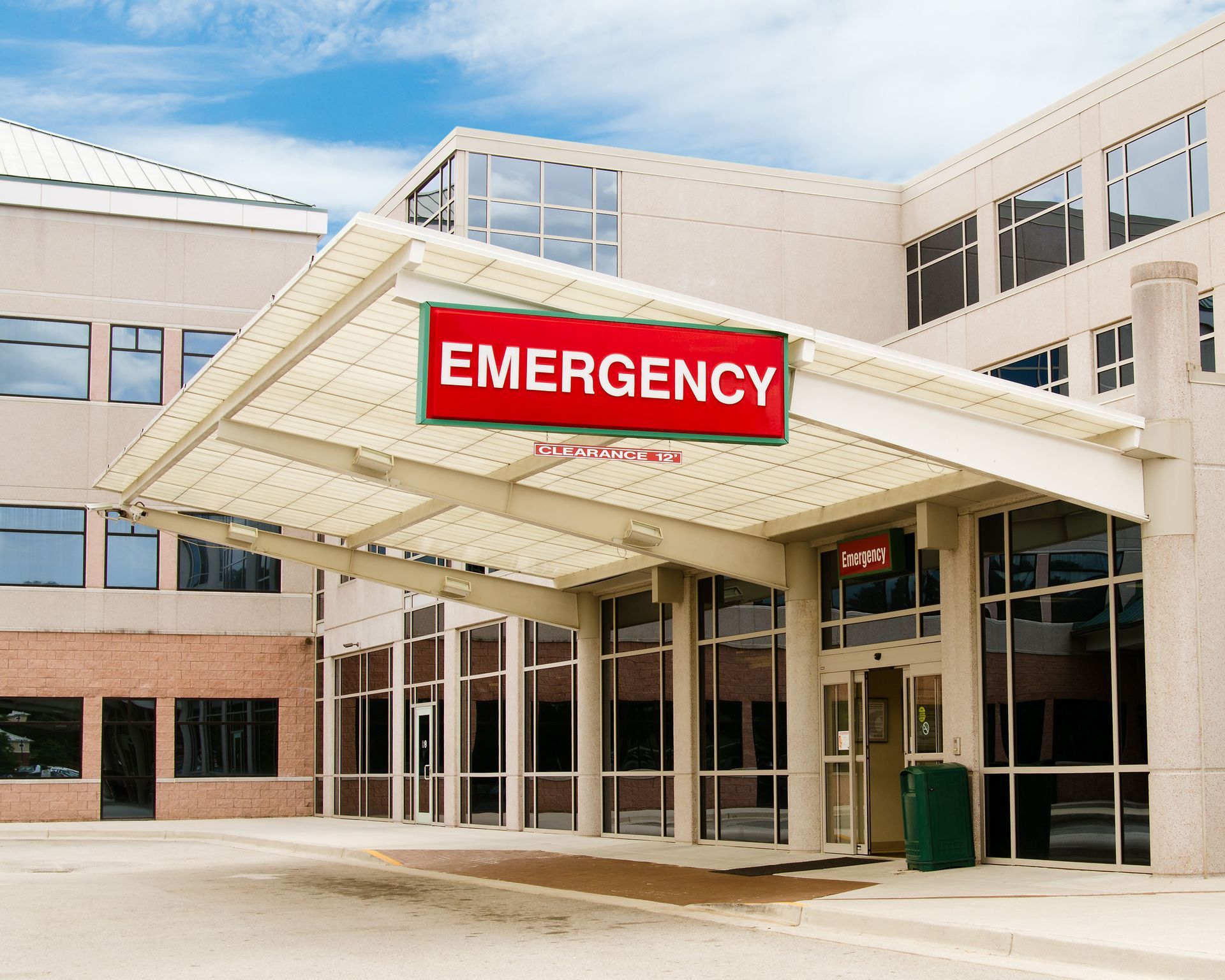
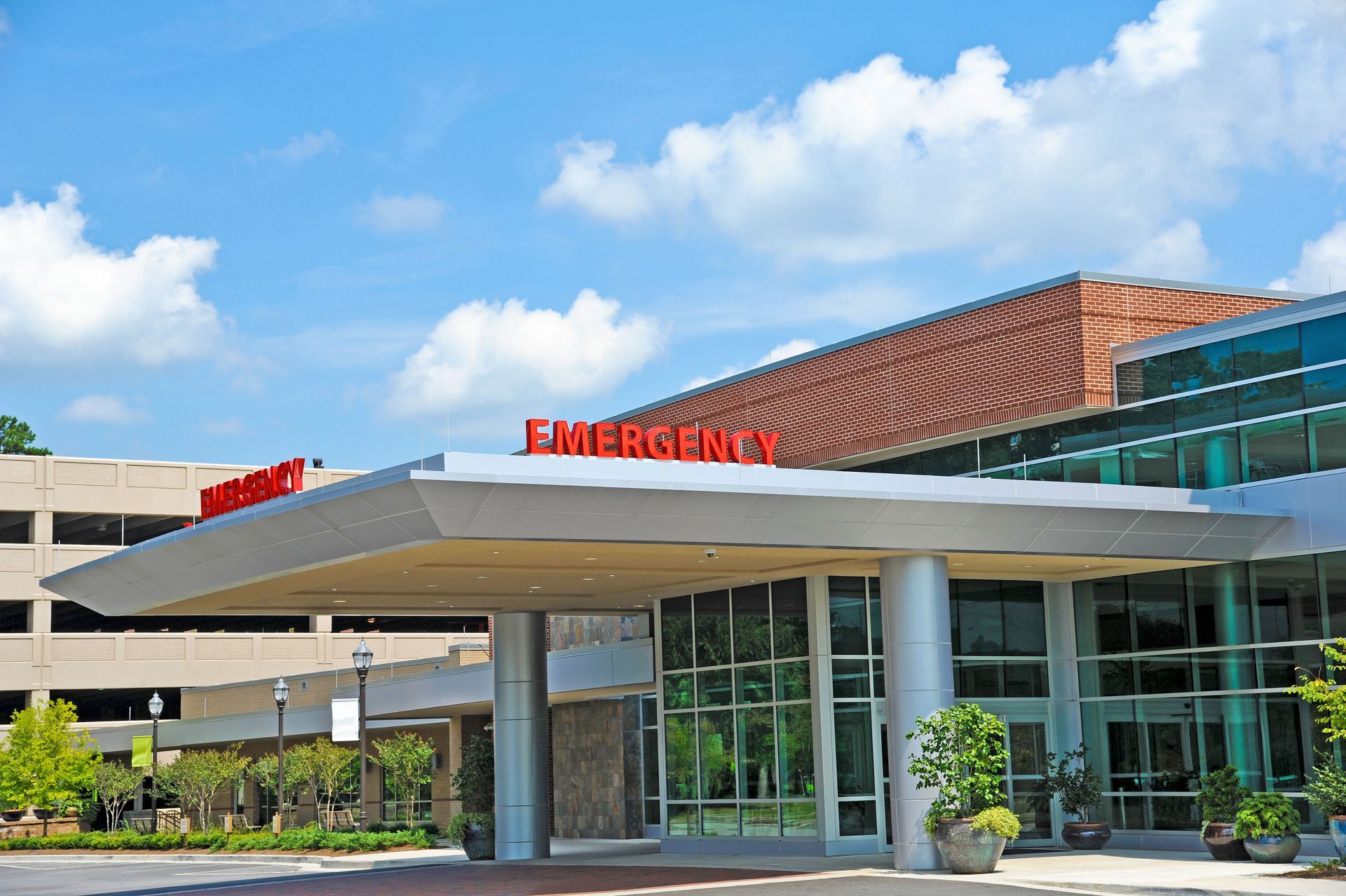

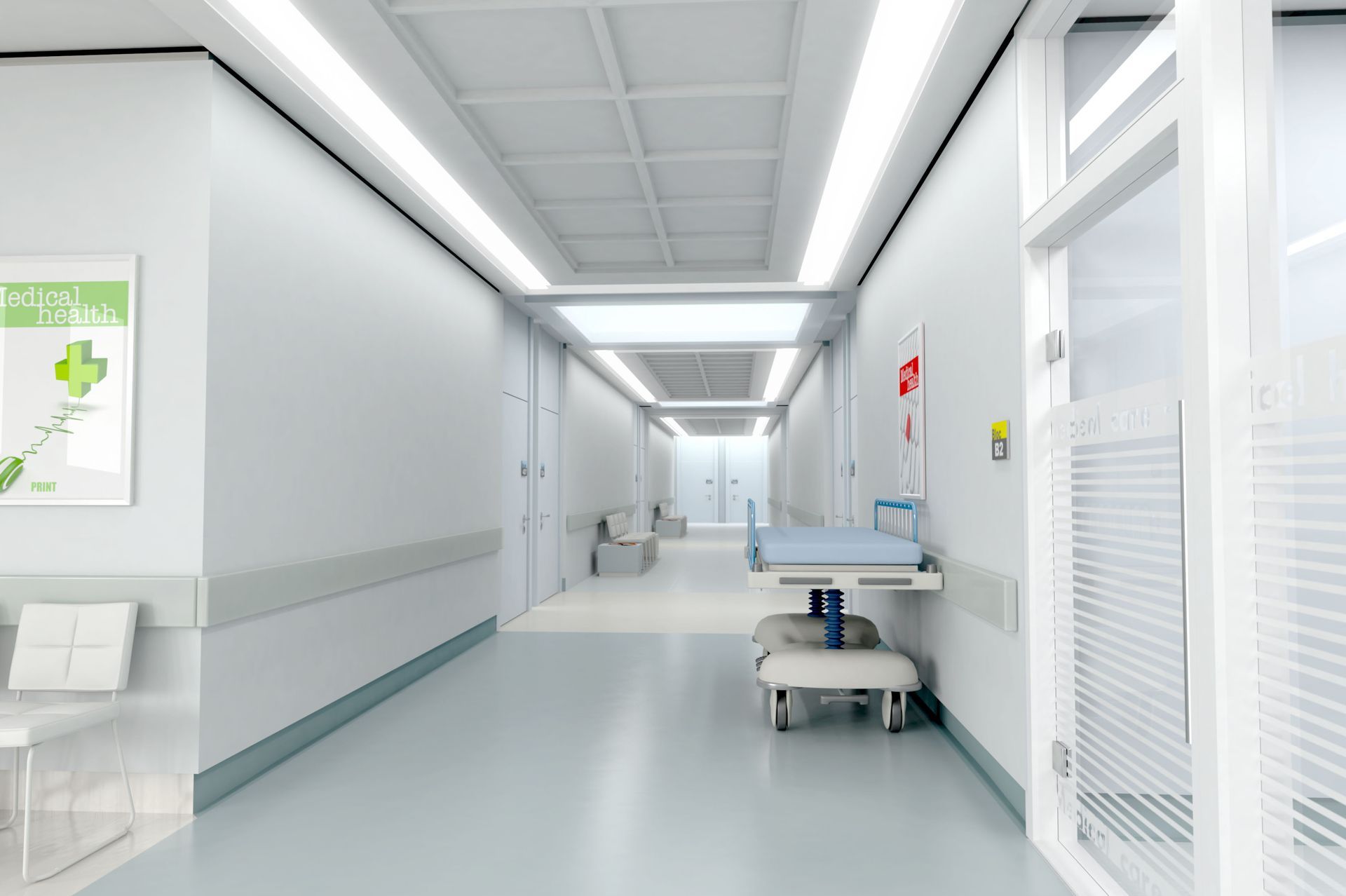
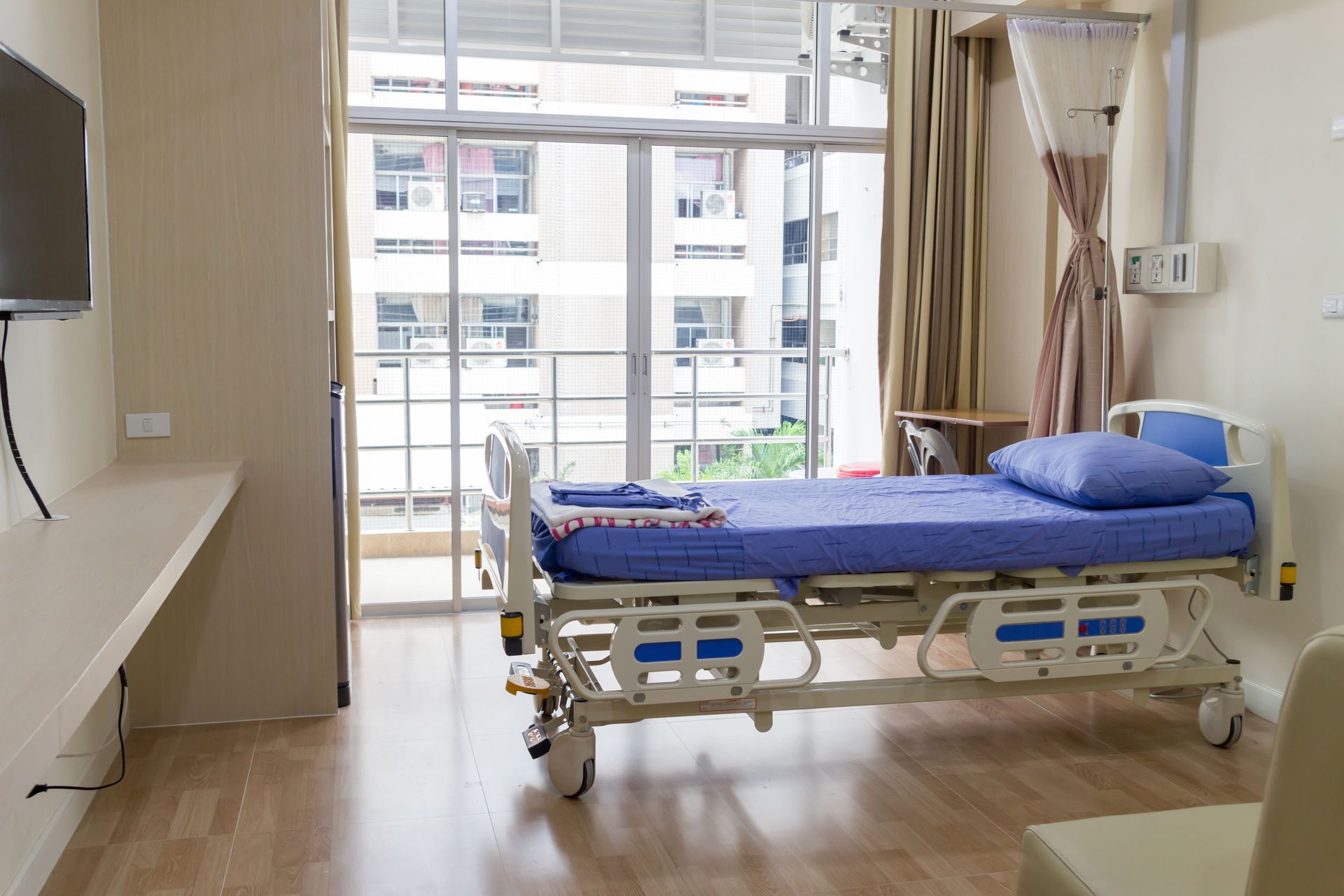
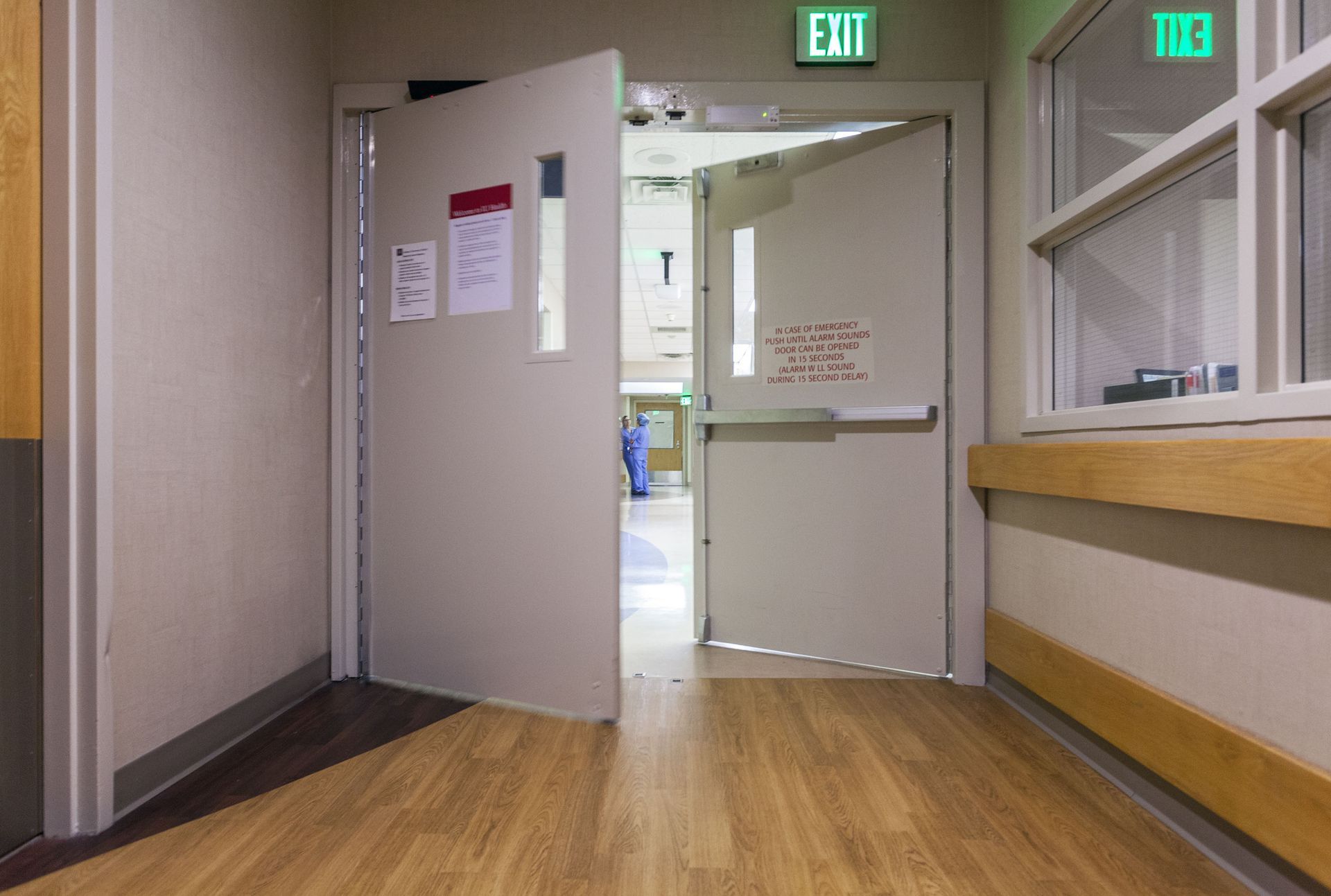

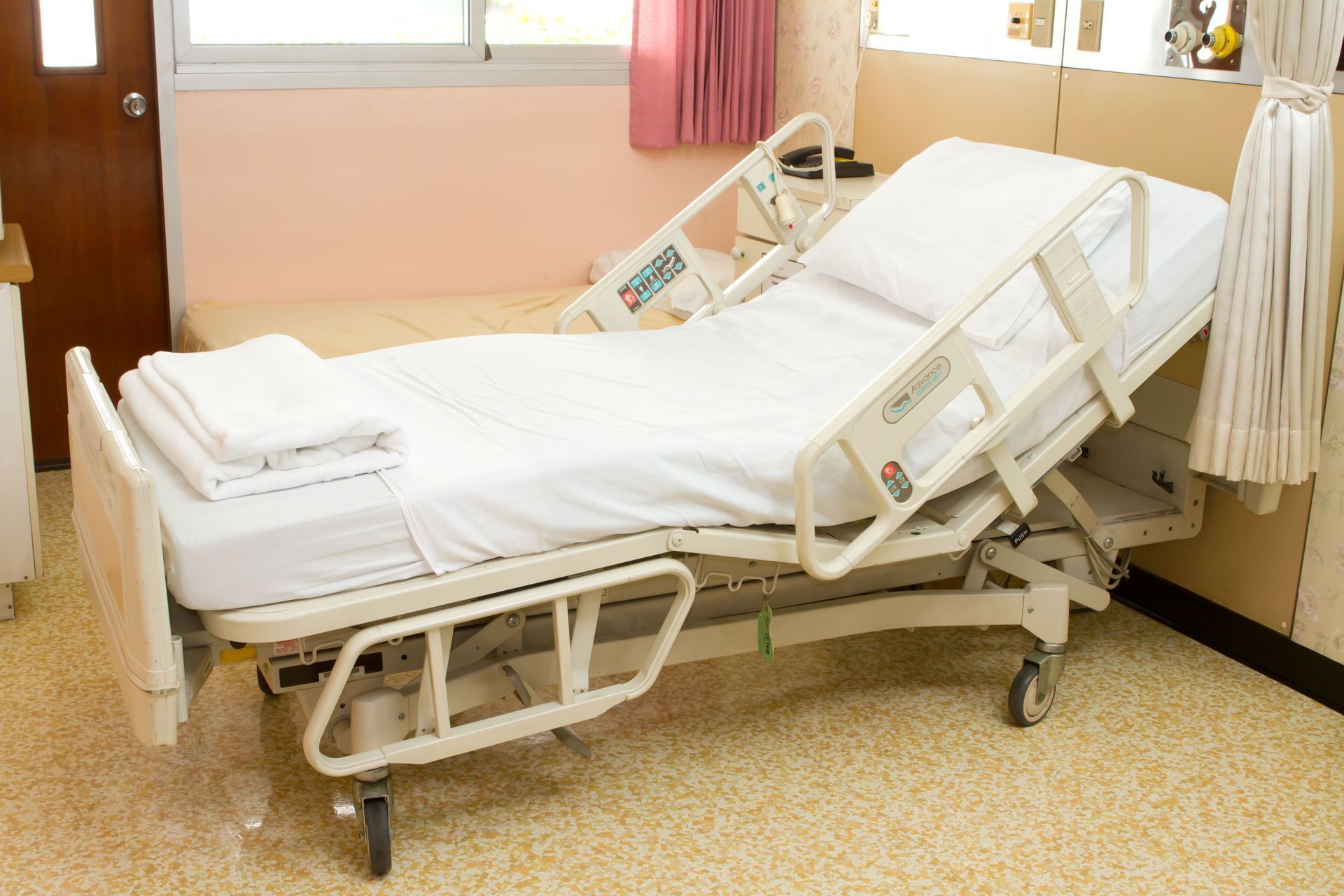


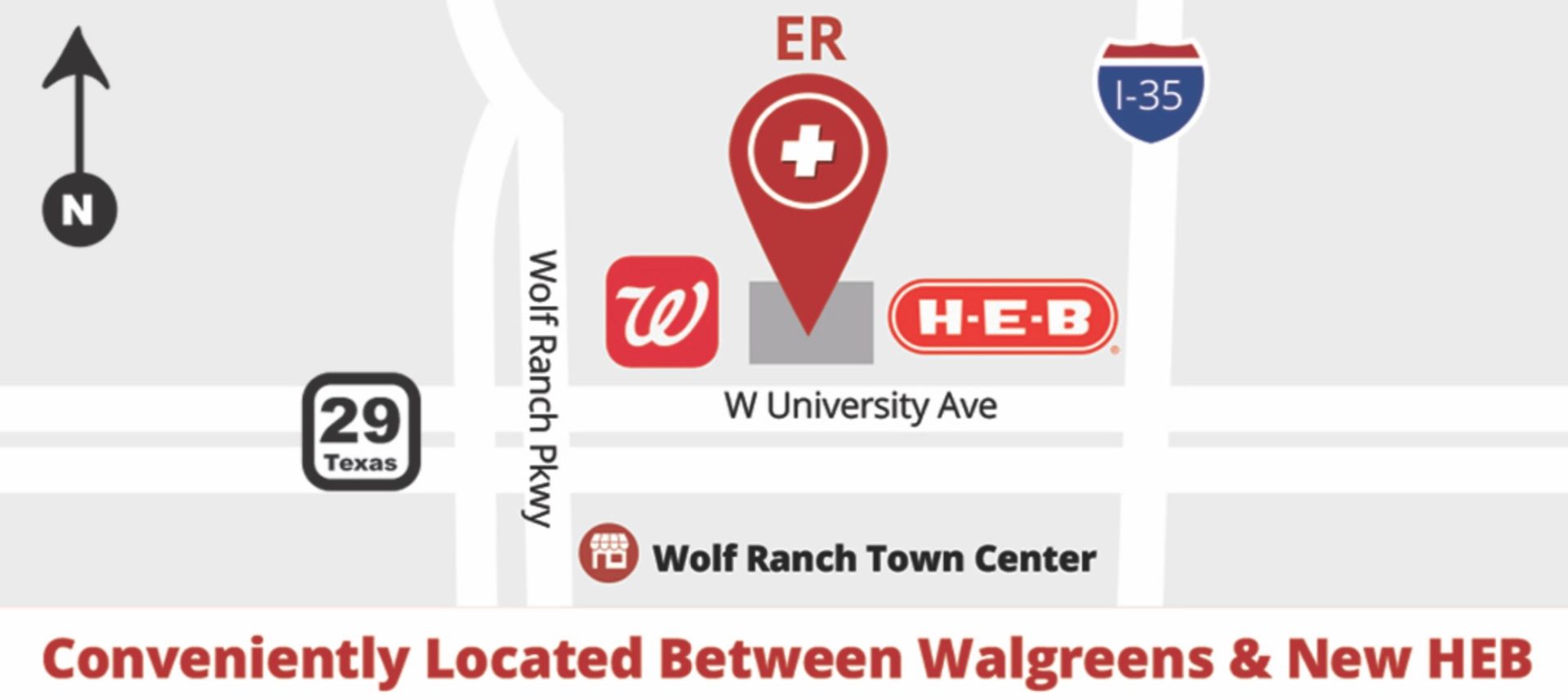
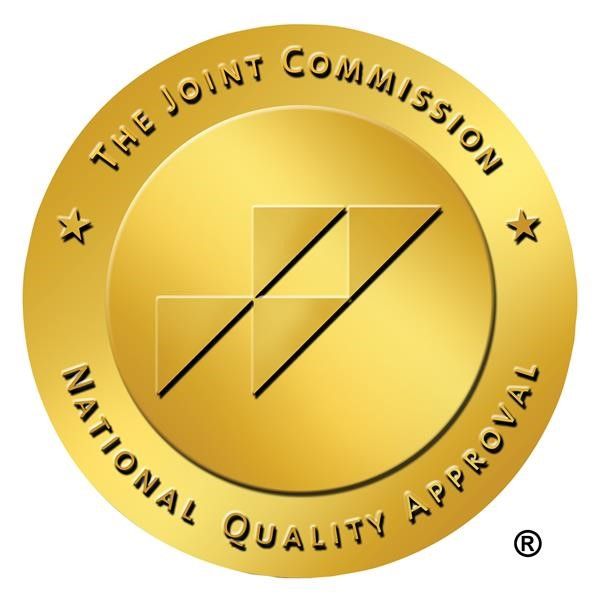
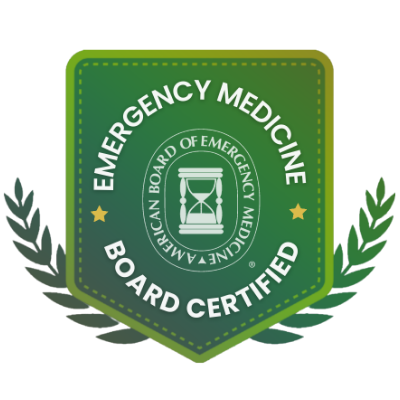






Share On: